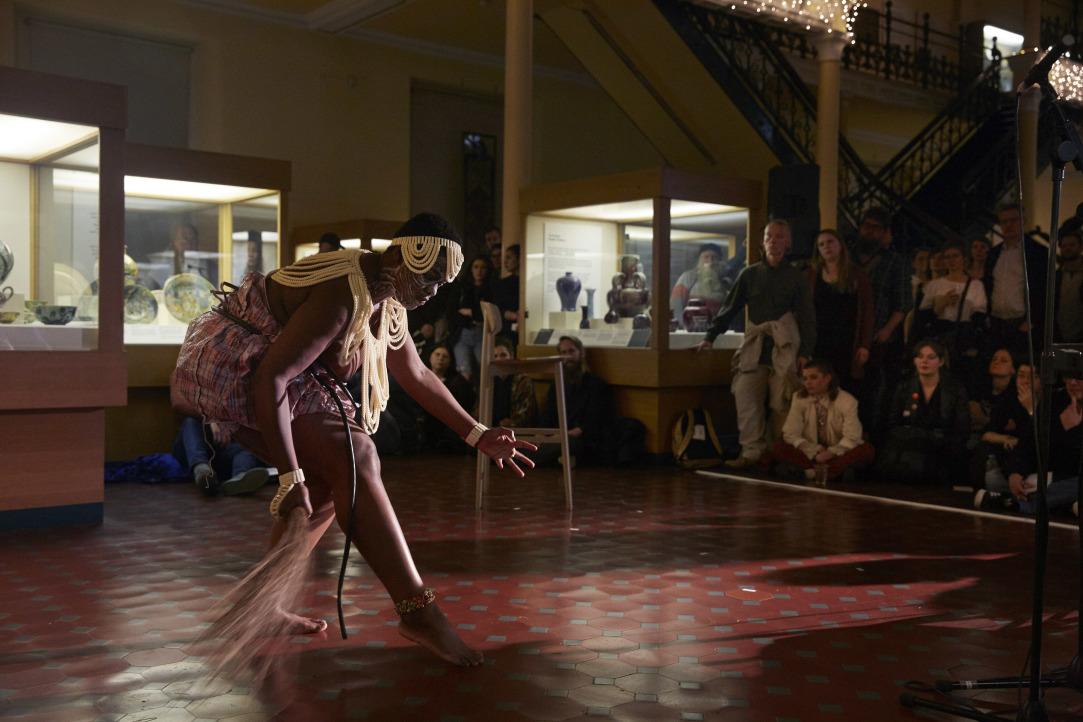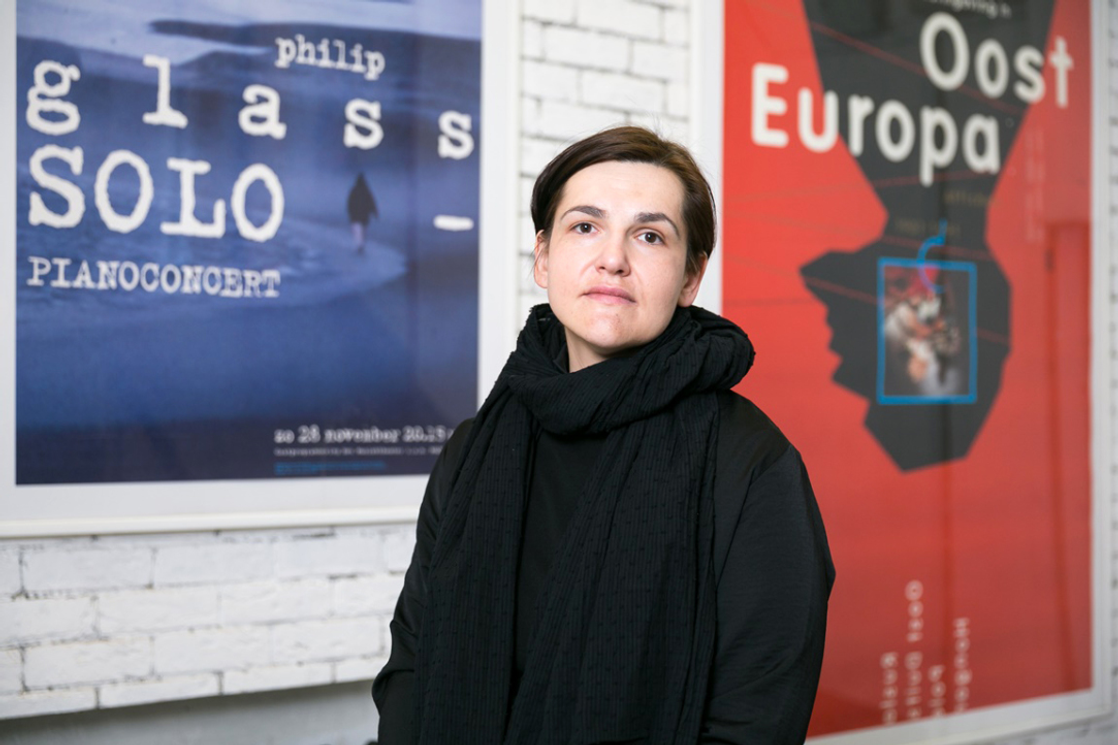The Interdisciplinary Approach in Our International Laboratory Is not Just Empty Words

This October, the Doctoral School of Arts and Design, together with HSE Art and Design School and Goldsmiths College, launched a new project. The Performance Artistic Research Laboratory (PeARL) brings together artists and scholars of various fields to collaborate in studies and experiments to develop ‘Practice as Research’ (PaR).
HSE News Service spoke with Liudmila Alyabieva, Laboratory Co-director and Academic Director of the Doctoral School of Arts and Design; Anna Furse, Professor at Goldsmiths, and project participants about their first impressions of the project.
PeARL is an interdisciplinary laboratory for the study of a field of art that today can mean ‘performance’ in an academic context. The aim of the project is to understand how research and artistic practices influence each other.
The Laboratory launched on October 21st. According to its creators Liudmila Alyabieva and Anna Furse, PeARL has become the first joint project of HSE University’s Doctoral School of Arts and Design and Goldsmiths, University of London.
‘I was introduced to Liudmila by my colleague from Goldsmiths, Professor Angela McRobbie. Liudmila approached me with a proposal for jointly developing the MRes programme, and PeARL became a means to test the waters, prior to designing an academic programme,’ says Professor Anna Furse, Professor at Goldsmiths, and Academic Supervisor of the MA in Performance Making. ‘Also for me personally, being able to see the way HSE University works is a huge educational moment, especially since Liudmila is involved in a different discipline than I am.’
Liudmila Alyabieva also notes that the opening of the Laboratory has proved relevant to researchers from around the world. Fifty-three people from Russia, Great Britain, Poland, Belarus, Germany, and other countries are participating in the project, which is being held online.
Liudmila Alyabieva, Academic Director of the Doctoral School of Arts and Design, Associate Professor of the HSE Art and Design School, and Co-director of the Performance Artistic Research Lab (PeARL)

We received a large number of applications, which demonstrates the relevance of this research area and the need of colleagues to form a community. What’s important is that the applications came from both performers and researchers, as well as those who happily combine both. So the final composition of the Laboratory is very diverse. I think this combination allows us to create a very productive environment to exchange ideas, works in progress, and research findings between colleagues from Moscow, London, Saint Petersburg, Berlin, Novosibirsk, Riga, Minsk, and Krakow.
I should mention that I have long followed the development of performative research, which is in the field of productive transdisciplinarity, with a very close interplay between theory and practice. Prior to opening of the Laboratory, my colleague Irina Sirotkina, who is now one of the PeARL tutors, and I organised a series of lectures, ‘Performance as a Sociological Study’, at the Stanislavsky Electrotheatre. Several students of our Doctoral School of Arts and Design are writing their theses on topics related to performativity. For our annual conference, we organise a section on performative research, so the establishment of such a laboratory seemed to me to be a natural extension of the growing interest of the Doctoral School in this direction.
Elizaveta Ivanova
The Laboratory participants also include HSE University students. Elizaveta Ivanova, a doctoral student of the Doctoral School of Arts and Design, says that she was drawn to the theme of the project, which coincides with her research interests, as well as the opportunity to communicate directly with serious researchers in the fields of contemporary art, physicality, and performance. ‘When the sessions began, it became clear that the professed interdisciplinary approach here is exactly that — interdisciplinary,’ she adds.
In one session you gain insight into a given phenomenon from the perspective of culture, language, history, law, sociology, anthropology, art, medicine, and more. You see interesting ways of thinking that you never even considered!
Goldsmiths student Claire Leith applied to participate in the project because the COVID-19 pandemic has put her Master’s studies on hold.
Claire Leith
‘I was wondering what performance could be like in the era of social distancing and digital communication. The idea of collaborating with people from all over the world (within the laboratory - ed.) who have different research and performative backgrounds, was also incredibly exciting. In general, this course seemed ideal to me.’
Though she mentions that it is too early to talk about the knowledge and skills acquired in the programme, Claire notes that the balance between lectures and the individual presentations by participants has been maintained and fosters the creation of new relationships. ‘I think that by sharing our personal research, we will ignite new ideas and inspire each other; we will find new solutions that we would not have come up with on our own,’ she says. ‘Hopefully, by the end of the programme we will be able to create something new together.’
Find out more about PeARL here

